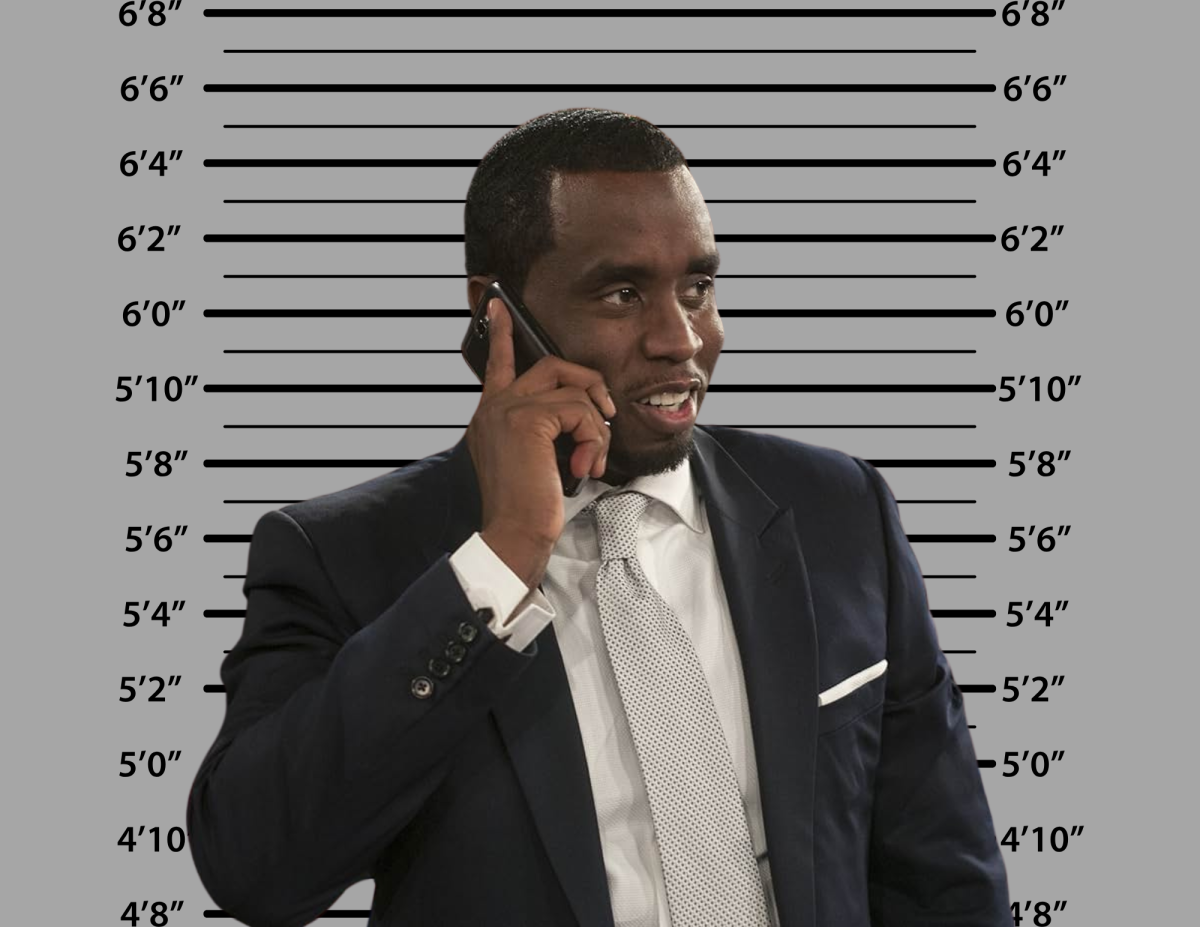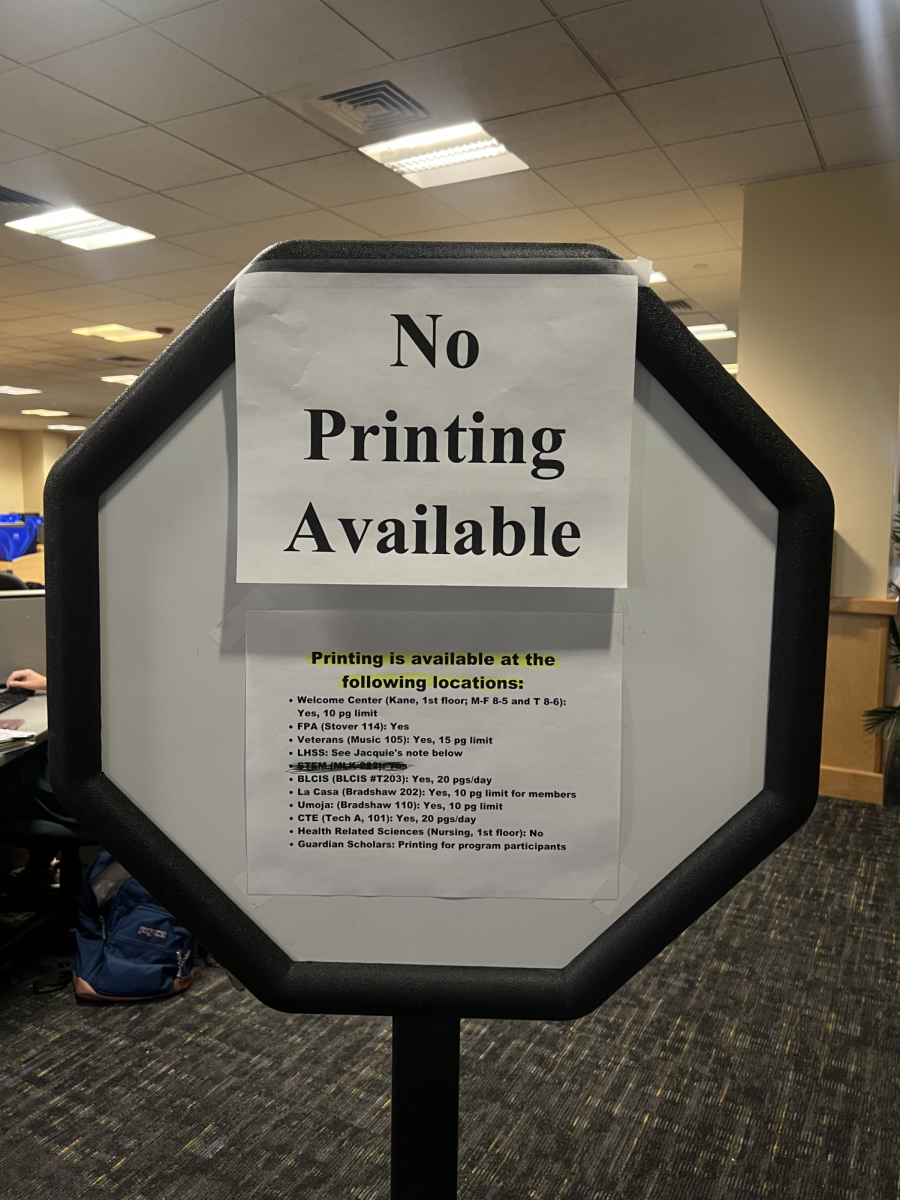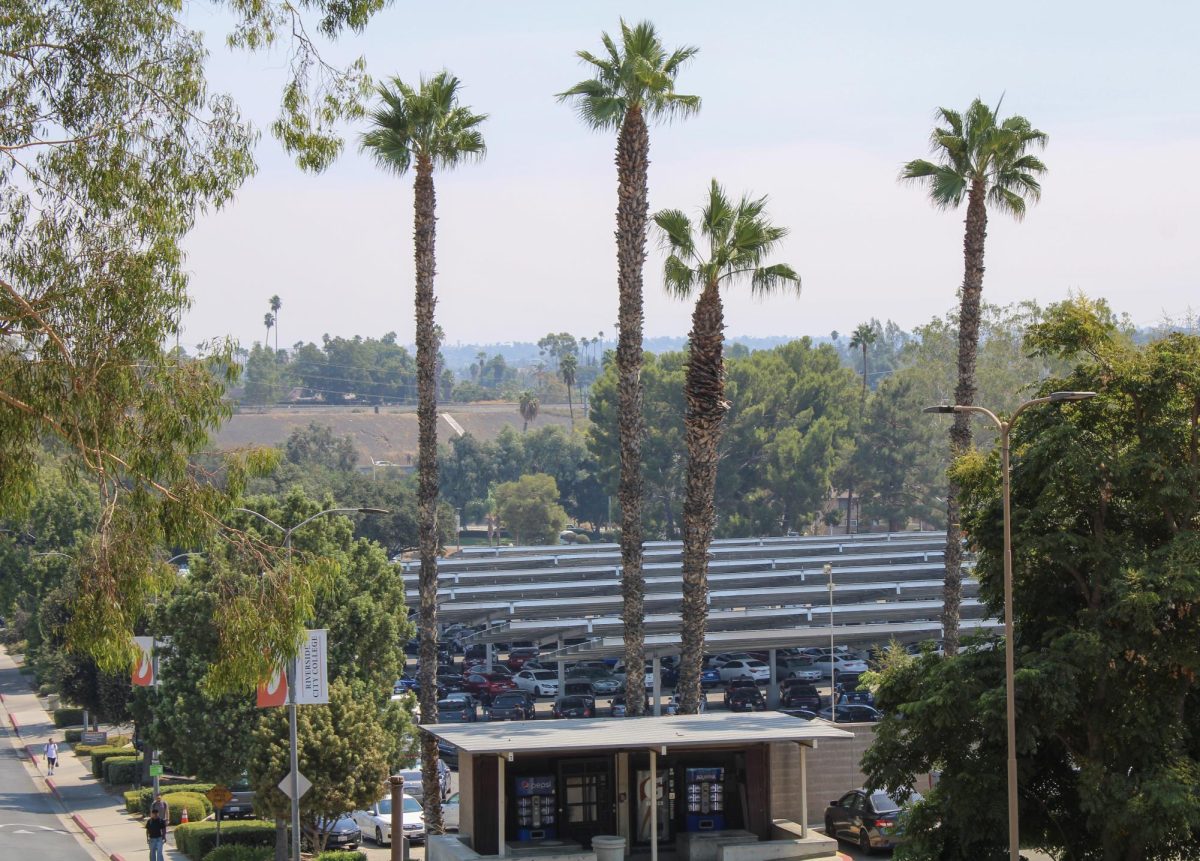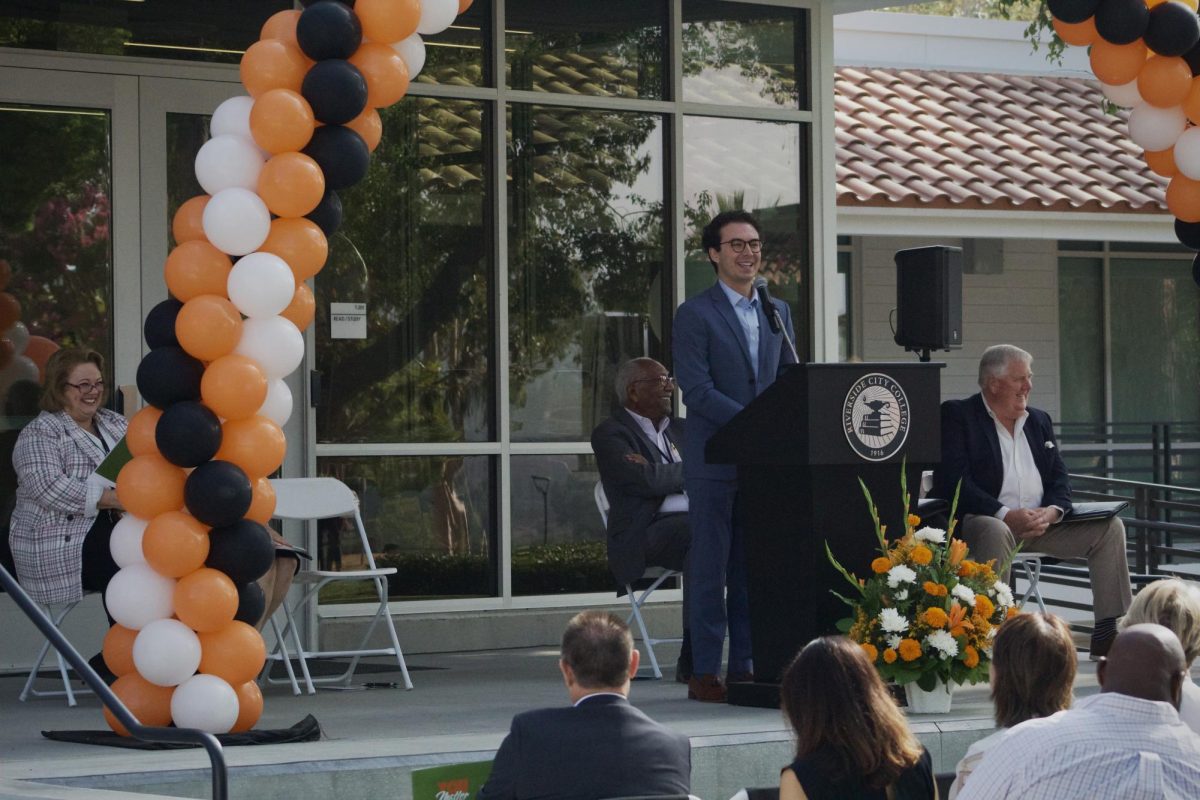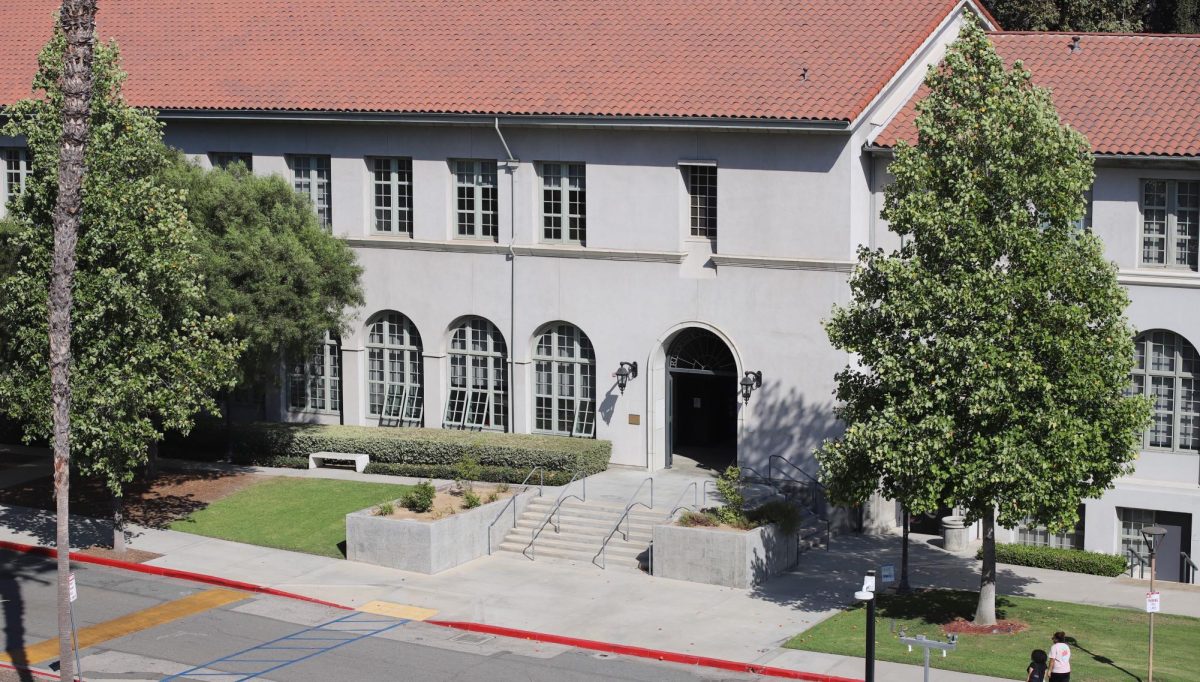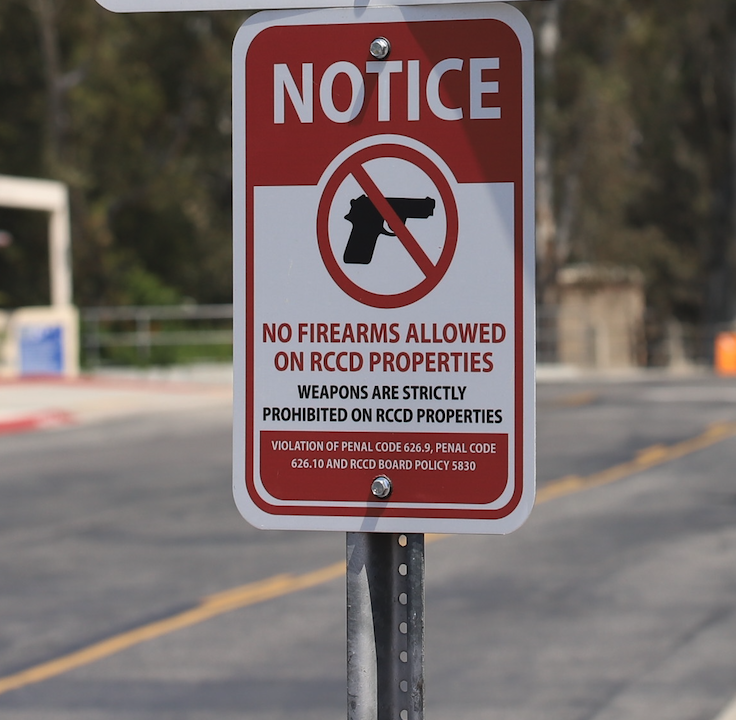By Diego Lomeli
Social media, now more than ever, provides the predominant means of distributing news stories and public opinion.
The invention of the smartphone, along with its convenience and timeliness, has made the public resort to one of the laziest methods of staying informed: mindlessly scrolling through a social media feed and accepting tainted ‘fake news’ as truth. Unfortunately, it has become a common practice among mainly young people.
Ever since the 2016 presidential election, both print and online paid news subscriptions substantially increased. The New York Times added 132,000 subscriptions just after President Donald Trump won the election.
The public, as it should be, was concerned enough to want to stay informed about the political world and what was going to happen with having a lunatic at the forefront of our country.
It is obvious that the fear of reckless authority reminded the entire country of why the media exists. The problem is having an uneducated public attempting to respond to a tangled mixture of both real and fake news, with a deadly inability to distinguish one from the other.
It is important to note that social media has made young people a lot more naive to what is really happening in the world.
Media literacy needs to be taught at the middle and high school levels. Refusing to do so is a disservice to the younger generations that will eventually be expected to vote.
It all traces back to their education. A child who grows up without ever being exposed to prime examples of journalism will inevitably grow into the type of person to follow a crowd.
We must remind the youth that the media is on their side, existing as an extension of their voices and their opinions. It is a great public service to remain informed of both the political world and our neighboring nations, and to encourage the teaching media literacy.


